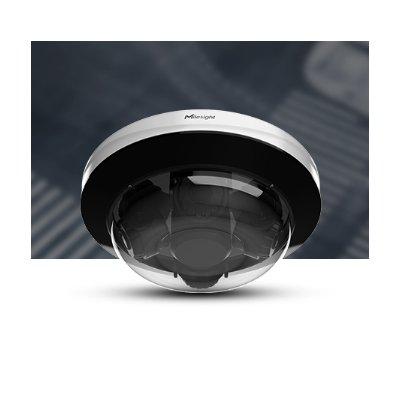Drugs-dog searching in six Buckinghamshire schools by a private security company
It was a partnership at work - school head teachers, the local education authority, Thames Valley Police, a private dog-training company [Grosvenor International Services, GIS ] and a drugs counselling agency [AddAction]. Their approach: to seek to be supportive rather than punitive. They would regard young drug-users as victims rather than criminals, Prof John Grieve pointed out in an introduction to the report by the John Grieve Centre for Policing and Community Safety at Buckinghamshire Chilterns University College. Prof Grieve added: “At the same time this was not to be viewed as a ‘soft' option, since clear disciplinary measures were in place at the schools; furthermore, all visits to the schools by the dogs were carried out in the presence of officers from Thames Valley Police.” The report quotes a 2004 comment of Schools Minister Stephen Twigg, about a commitment ‘to a zero tolerance policy towards drugs in schools'.
There was a flurry of media discussion about drugs in schools - should pupils be searched; at random; with whose permission; and by whom - police dog handlers or private firms? And what sort of search - urine samples; X-ray screening? And what sort of drug, given that cannabis is the most common illegal drug found in schools? Official Government guidance said: “Searches, when considered appropriate, must be explicit in the school drug policy. Consent should be sought and a second adult witness must be present. If a search is refused, consideration needs to be given to involving the police. Searches should be carried out so as to minimise embarrassment or distress.”
Legal advice
Before the project, legal advice was sought to confirm there were no human rights minefields. The agreed aim was to deter; and to regard children with drugs as in need of rehabilitation rather than punishment. GIS , featured in Professional Security in May 2004, provides drugs dog searches for pubs and clubs, hospitals, and industry, besides schools. The report notes two sorts of search dog: proactive, such a spaniel, performing a ‘scurry search' of buildings or vehicles; and passive, screening people - usually Labradors , so as not to scare people. As GIS stress, a dog identifies a scent - yet a pupil could have been in the company of other drug-users without having used drugs personally. Consider, say, a non-smoker at home with smokers. Or, asthma inhalers could be confused with drugs. In short, searchers should be sensitive to possible embarrassments.
Drugs are available
Before the scheme, the dogs were shown to the pilot schools; there were letters to parents, local media publicity, and staff meetings. The stress was that the searches fitted with the schools' drugs policies. Pupils gave the thumbs-up to the scheme: 82 per cent called it an excellent idea as a method of prevention and detection (98pc of parents were for it, too). Among other findings: 89 per cent stated that they had never been offered drugs inside school; 41pc of children stated they knew other children who took drugs; and 13pc of parents admitted to having taken drugs at some time. In other words, even in shire county towns like Amersham and Chesham, drugs were available and a fact of life for some.
















